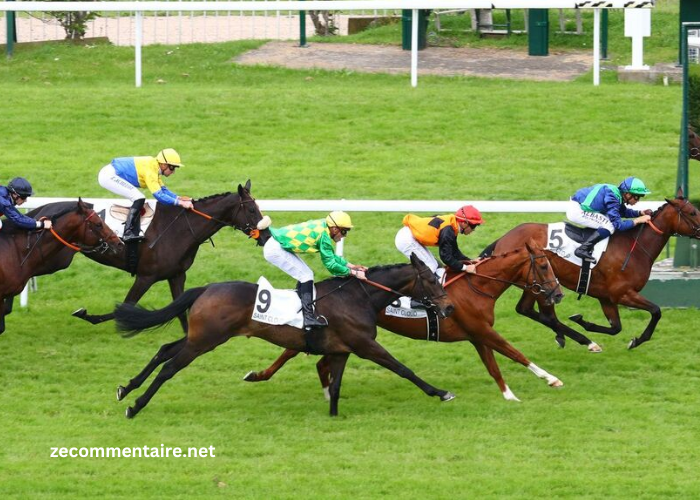In the realm of horse racing betting, enthusiasts are constantly seeking the holy grail of strategies that will lead them to consistent success. Amidst the plethora of betting systems and methodologies, one name stands out: Triangle du Quinte. In this comprehensive guide, we embark on a journey to unravel the mysteries behind Triangle du Quinte, exploring its origins, principles, and practical applications in the world of horse race betting.
Origins and Evolution
Triangle du Quinte, often hailed as a pioneer in horse racing betting strategies, traces its origins back to a group of passionate handicappers and betting enthusiasts. Fueled by a desire to crack the code of successful betting, they embarked on a journey of discovery that led to the development of Triangle du Quinte. Over the years, this strategy has evolved and adapted to the changing landscape of horse racing, solidifying its reputation as a formidable force in the betting world.
Understanding the Triangle
At its core, Triangle du Quinte is founded on a simple yet powerful principle: the convergence of three key elements – form analysis, track conditions, and betting patterns. Like the three sides of a triangle, these elements work in harmony to create a winning strategy that bettors can rely on.
Form Analysis
Form analysis forms the cornerstone of Triangle du Quinte. This involves studying the performance history of horses, jockeys, and trainers, identifying patterns, strengths, and weaknesses. By analyzing past performances, bettors can gain valuable insights into the potential outcomes of future races.
Track Conditions
Track conditions play a crucial role in horse racing, influencing the performance of horses and the outcome of races. Triangle du Quinte places a strong emphasis on track conditions, taking into account factors such as track surface, weather conditions, and course layout. By assessing how these variables impact race dynamics, bettors can make more informed betting decisions.
Betting Patterns
In addition to form analysis and track conditions, Triangle du Quinte considers betting patterns and market dynamics. By monitoring betting trends, odds fluctuations, and market sentiment, bettors can identify value bets and capitalize on favorable opportunities in the betting market.
Practical Application
While the principles of Triangle du Quinte may seem straightforward, mastering its practical application requires skill, discipline, and patience. Successful implementation of Triangle du Quinte involves:
Research and Analysis
Conducting thorough research and analysis is essential for identifying potential contenders, assessing their chances of success, and determining value bets.
Risk Management
Effective risk management is paramount when implementing Triangle du Quinte. This involves setting realistic betting limits, diversifying bets, and avoiding chasing losses.
Adaptability
The horse racing landscape is constantly evolving, and bettors must be adaptable in their approach. By staying informed about industry trends, race dynamics, and emerging contenders, bettors can adjust their strategies accordingly.
Conclusion
In conclusion, Triangle du Quinte represents a powerful tool in the arsenal of horse racing bettors, offering a holistic approach to betting that combines form analysis, track conditions, and betting patterns. While mastering Triangle du Quinte requires dedication and expertise, the potential rewards make it a worthy pursuit for those seeking success in the world of horse race betting. By understanding the principles of Triangle du Quinte and applying them with diligence and discipline, bettors can unlock new levels of success and profitability on the racetrack.




